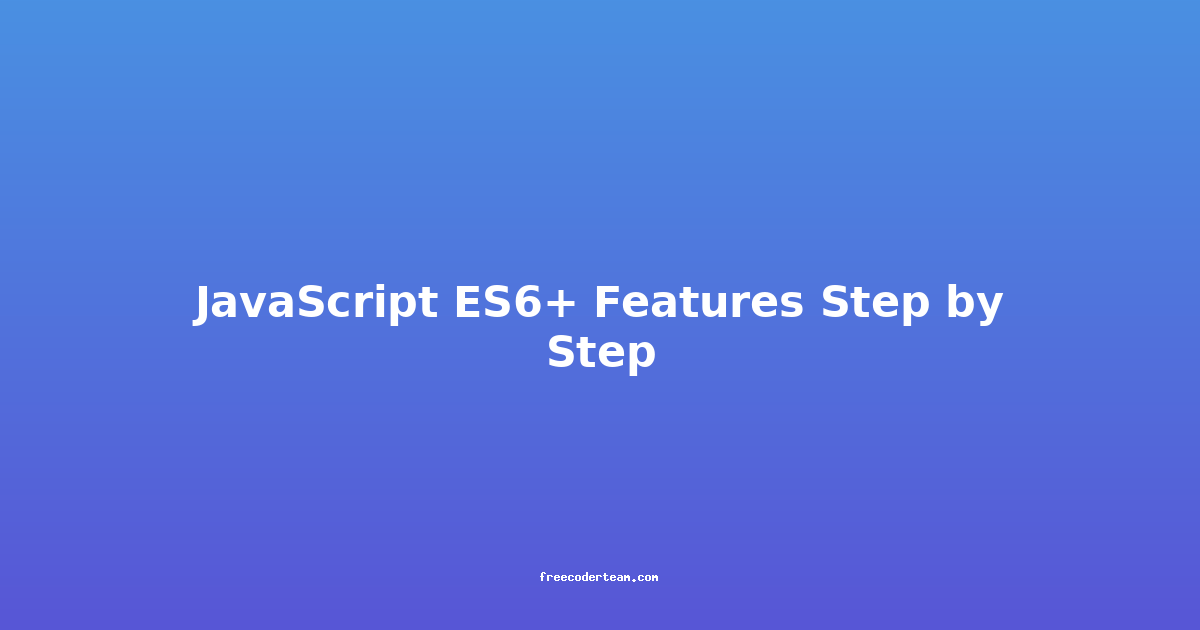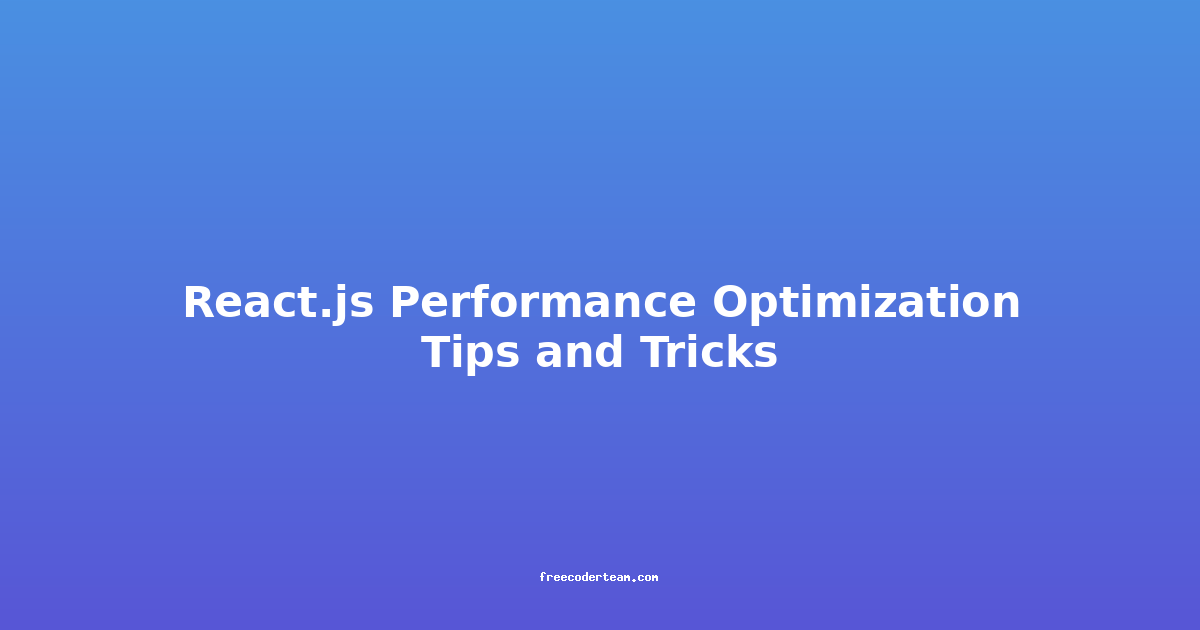Domain-Driven Design in 2025: A Vision for the Future of Software Development
Introduction
Domain-Driven Design (DDD) has been a cornerstone of software development for decades, providing a structured approach to building complex systems by focusing on the core domain and its business logic. As we move towards 2025, DDD continues to evolve, influenced by emerging technologies, architectural trends, and changing business landscapes. In this post, we will explore how DDD might adapt to future challenges and opportunities, offering practical insights, best practices, and actionable advice for software professionals.
Understanding Domain-Driven Design
DDD is a software development methodology that emphasizes understanding the domain (business area) and modeling it effectively in the code. It was introduced by Eric Evans in his seminal book Domain-Driven Design: Tackling Complexity in the Heart of Software (2004). The core tenets of DDD include:
- Domain Model: Representing the business logic and rules in a way that is understandable to both developers and domain experts.
- Ubiquitous Language: Using a shared language between developers, stakeholders, and domain experts to ensure clear communication.
- Strategic Design: Dividing the domain into bounded contexts to manage complexity and ensure consistency.
In 2025, DDD will remain relevant, but its implementation will be shaped by new technologies and paradigms. Let's explore how DDD will adapt to these changes.
The Evolution of DDD in 2025
1. Microservices and Bounded Contexts
In 2025, microservices will be even more prevalent, and DDD will play a critical role in aligning them with bounded contexts. Each bounded context can naturally map to a microservice, ensuring that the domain logic is encapsulated and decoupled from other parts of the system.
Example: E-commerce Platform in 2025
Imagine an e-commerce platform with the following bounded contexts:
- Order Management: Handles order creation, processing, and fulfillment.
- Inventory Management: Tracks stock levels and manages product availability.
- User Management: Manages customer profiles, authentication, and permissions.
In a microservices architecture, each of these contexts could be implemented as a separate service, with well-defined APIs and communication patterns.
Order Management Service
├── Bounded Context: Order Management
│ ├── Entities: Order, OrderItem
│ ├── Services: PlaceOrderService
│ └── Repositories: OrderRepository
Inventory Management Service
├── Bounded Context: Inventory Management
│ ├── Entities: Product, StockLevel
│ ├── Services: UpdateStockService
│ └── Repositories: ProductRepository
User Management Service
├── Bounded Context: User Management
│ ├── Entities: User, Address
│ ├── Services: AuthenticationService
│ └── Repositories: UserRepository
Best Practices:
- Context Mapping: Use tools like event storming to identify and map bounded contexts.
- Event-Driven Communication: Use events (e.g.,
OrderPlaced,StockUpdated) to decouple services and maintain consistency across contexts. - API Design: Ensure APIs are domain-driven and reflect the ubiquitous language.
2. Event Sourcing and CQRS
Event Sourcing and Command Query Responsibility Segregation (CQRS) will become more mainstream in 2025, especially in DDD-based systems. These patterns help manage complex state changes and provide a rich audit trail, which is crucial for domains with heavy transactional or analytical requirements.
Example: Banking Domain
In the banking domain, event sourcing can be used to track account transactions:
AccountAggregate
├── Events:
│ ├── AccountCreated
│ ├── DepositMade
│ ├── WithdrawalMade
│ └── TransferCompleted
├── Commands:
│ ├── CreateAccountCommand
│ ├── MakeDepositCommand
│ └── MakeWithdrawalCommand
Best Practices:
- Event Store: Use a reliable event store (e.g., Apache Kafka, EventStoreDB) to persist domain events.
- Read Models: Build optimized read models for queries using event replay.
- Domain Events: Ensure events are immutable and reflect the state changes in the domain.
3. AI and Machine Learning Integration
In 2025, AI and machine learning (ML) will be deeply integrated into DDD-based systems. These technologies can enhance decision-making, automate complex processes, and provide predictive insights that can be modeled as part of the domain.
Example: Fraud Detection in Banking
In a banking domain, a machine learning model can be used to detect fraudulent transactions. This can be integrated into the domain model as a service:
FraudDetectionService
├── Input: TransactionDetails
├── Logic: Use ML model to predict fraud probability
├── Output: FraudScore
The FraudScore can then be used to enrich the domain model and make informed decisions.
Best Practices:
- Domain Expertise: Ensure that ML models are developed with input from domain experts to align with business rules.
- Explainability: Use explainable AI (XAI) techniques to make ML decisions transparent and understandable within the domain.
- Feedback Loops: Incorporate feedback mechanisms to continuously improve the ML models based on domain-specific feedback.
4. Serverless and Edge Computing
Serverless architectures and edge computing will become more prevalent in 2025, enabling faster response times and efficient resource utilization. DDD can help structure serverless functions and edge applications by ensuring that domain logic remains decoupled from infrastructure concerns.
Example: Real-time IoT Data Processing
In an IoT application, edge devices can process data locally using domain-specific logic, and serverless functions can handle complex domain operations in the cloud.
IoTEdgeDevice
├── Domain Logic: SensorDataProcessing
└── Communication: SendProcessedDataToCloud
ServerlessFunction
├── Domain Logic: AggregateSensorData
└── Storage: PersistAggregatedData
Best Practices:
- Domain-Driven Serverless: Use serverless functions to implement domain services and keep infrastructure concerns separate.
- Edge Domain Logic: Push domain-specific processing to edge devices to reduce latency.
- Event-Driven Architecture: Use event-driven patterns to trigger serverless functions based on domain events.
5. Hybrid Cloud and Multi-Cloud Environments
As organizations adopt hybrid and multi-cloud strategies, DDD will help manage complexity by ensuring that domain logic remains consistent across different cloud environments. Bounded contexts can be deployed independently in different clouds, with clear communication patterns.
Example: Global E-commerce Deployment
An e-commerce platform might deploy different bounded contexts in different cloud providers:
- Order Management: Hosted on AWS for high availability.
- Inventory Management: Hosted on Azure for cost optimization.
- User Management: Hosted on Google Cloud for regional compliance.
Best Practices:
- Cloud-Agnostic Design: Design domain models and services to be cloud-agnostic.
- Service Mesh: Use service mesh technologies (e.g., Istio, Linkerd) to manage communication between services across clouds.
- Multi-Cloud Strategy: Align bounded contexts with cloud provider strengths.
Actionable Insights for 2025
-
Invest in Domain Expertise: Continuously invest in domain knowledge by involving domain experts in the design process.
-
Adopt Event-Driven Architectures: Embrace event sourcing and CQRS to manage complexity and ensure consistency in distributed systems.
-
Integrate AI/ML Thoughtfully: Use AI/ML to enhance decision-making, but ensure that these models are aligned with domain logic and business rules.
-
Focus on Serverless and Edge: Leverage serverless and edge computing to improve performance and reduce latency, while keeping domain logic decoupled.
-
Plan for Hybrid Cloud: Design systems that can adapt to hybrid and multi-cloud environments, ensuring that domain logic remains consistent across different platforms.
Conclusion
Domain-Driven Design in 2025 will continue to be a foundational approach for building complex systems, but it will adapt to the emerging technologies and architectural patterns of the future. By focusing on bounded contexts, event-driven architectures, AI integration, serverless computing, and hybrid cloud strategies, software professionals can ensure that their systems remain robust, scalable, and aligned with business goals.
As we move forward, the key to success in DDD will be maintaining a strong focus on the domain, continuously refining the ubiquitous language, and staying agile in the face of technological advancements. By doing so, DDD will remain a powerful tool for tackling complexity and delivering value to users and stakeholders.
Stay DDD-focused, and your systems will thrive in the future! 🚀
Disclaimer: This post is a forward-looking analysis based on current trends and industry insights. The actual evolution of DDD in 2025 may vary based on unforeseen technological advancements and market shifts.




